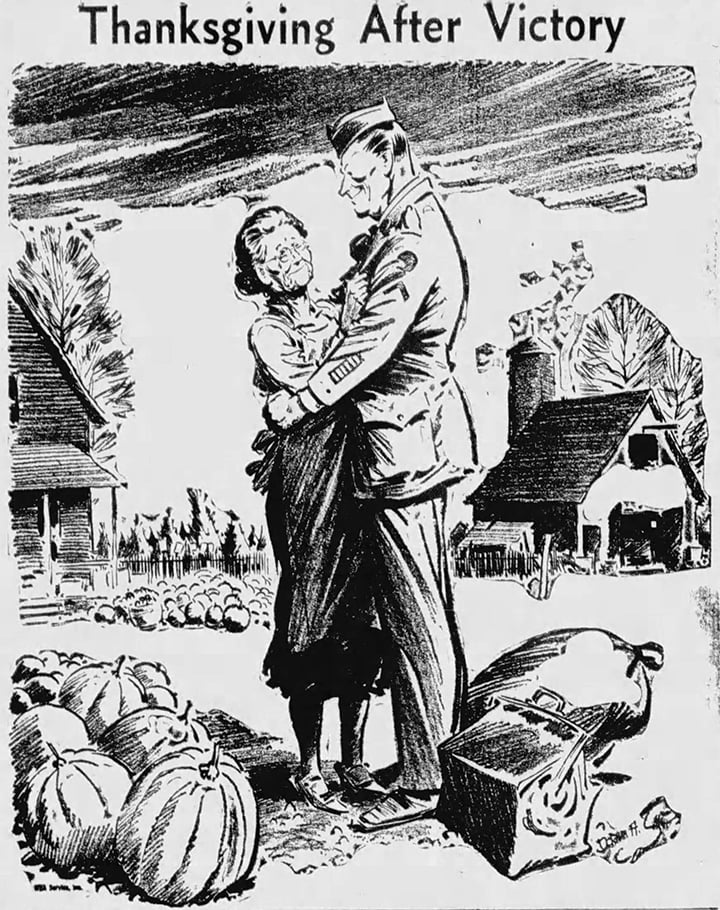With a nickel increase on the week, the national gas price average has reached $2.77, which is a 31-cent jump in the last month. Every state average has climbed by double-digits since February, resulting in 1 in 10 gas stations with pump prices that are $3/gallon or more.
Here in the Commonwealth, however, the average of $2.60 has Kentucky joining Kansas, Oklahoma and Montana as the 11th least expensive markets in the nation. Today’s average in Kentucky is up 4 cents from a week ago and 38 cents since a month ago. Meanwhile, the average price in Lexington reached $2.64, up 8 cents from a week ago.
Pump prices are increasing as refinery utilization is at an all-time low and crude oil prices (WTI) surged by more than $2 per barrel to land at $66/barrel on Friday, the highest price in nearly two years. The jump in crude followed the Organization of the Petroleum Exporting Countries (OPEC) and their allies, collectively known as OPEC+, unanticipated decision to minimally increase production in April.
“With crude oil prices back on the rise, we could see the national average climb towards $2.90 this spring with some relief by early summer,” said Lori Weaver Hawkins, public and government affairs manager, AAA Blue Grass. “The last time we saw the national average flirt with $3 was nearly three years ago, in May 2018. At that time, crude was averaging about $71 per barrel.”
The Energy Information Administration’s (EIA) report for the week ending February 26 shows refinery capacity at 56%, which is the lowest rate recorded by the agency. It is also 12 percentage points below last week and 18 percentage points lower than a year ago. EIA data also points to a decrease in gasoline stocks down to 243.4 million barrels, which is 3.5% below levels at the end of February 2020.
With refinery utilization at a record low, gasoline supplies tightening, demand modestly increasing and crude prices on the rise, cheap prices are in the rearview mirror for the immediate future.
Today’s national average is nearly 40 cents more expensive compared to a year ago, which was right before state lockdowns and working/school from home started.
The AAA Daily Fuel Gauge Report is the most comprehensive U.S. gas price survey available from any source. More than 100,000 self-serve stations are surveyed daily in compiling the not-for-profit’s report, compared to other price-reporting for-profit sources that rely on customer input or surveys from only a limited number of stations.
Weaver Hawkins reminds that motorists can find current gas prices along their route with the not-for-profit’s free AAA Mobile app for iPhone, iPad and Android. Motorists can also get an estimate of gas costs when planning a trip.
The app can also be used to map a route, find discounts, book a hotel and access AAA roadside assistance. Learn more at AAA.com/mobile. AAA’s reported gas prices reflect what is actually paid at the pump and are not dependent on customers reliably reporting prices or based on only a small sampling of pumps.
Today’s average of $2.60 in Kentucky is 4 cents higher than last week and 29 cents more than a month ago. Today’s gas price in Kentucky is now a dime higher than the Commonwealth’s average of $2.22 seen a year ago. That’s the story this week across many parts of the Bluegrass.
In Lexington, the average price is still rising rapidly, up 8 cents from last week to land at $2.64. That’s 28 cents higher than a month ago.
Surrounding communities have also seen gas prices rise in the past week, some by nearly 20 cents. In Nicholasville, the average price is up 8 cents, now at $2.57. Georgetown is also up 8 cents, now averaging $2.67. Versailles is up 14 cents to land at $2.70, while Winchester is up 13 cents to land at $2.68. Richmond is up 8 cents, landing at $2.68.
Quick Stats
• The nation’s top 10 least expensive markets: Mississippi ($2.44), Louisiana ($2.47), Texas ($2.50), Missouri ($2.50), South Carolina ($2.51), Alabama ($2.51), Arkansas ($2.55), Tennessee ($2.57) North Carolina ($2.57), and Georgia ($2.59).
At the close of Friday’s formal trading session, WTI increased by $2.26 to settle at $66.09. At the end of last week, OPEC+ announced the decision to add only about 170,000 barrels per day to world markets in April. The industry had been expecting a production increase of about 1.5 million barrels per day in April, with more oil released in May, June, and beyond. This decision sent crude oil surging to the highest price point since April 2019. For this week, prices may continue to increase if the market remains optimistic about crude demand as vaccines become more widespread.
Motorists can find current gas prices along their route with the free AAA Mobile app for iPhone, iPad and Android. The app can also be used to map a route, find discounts, book a hotel and access AAA roadside assistance. Learn more at AAA.com/mobile.
AAA Blue Grass






















